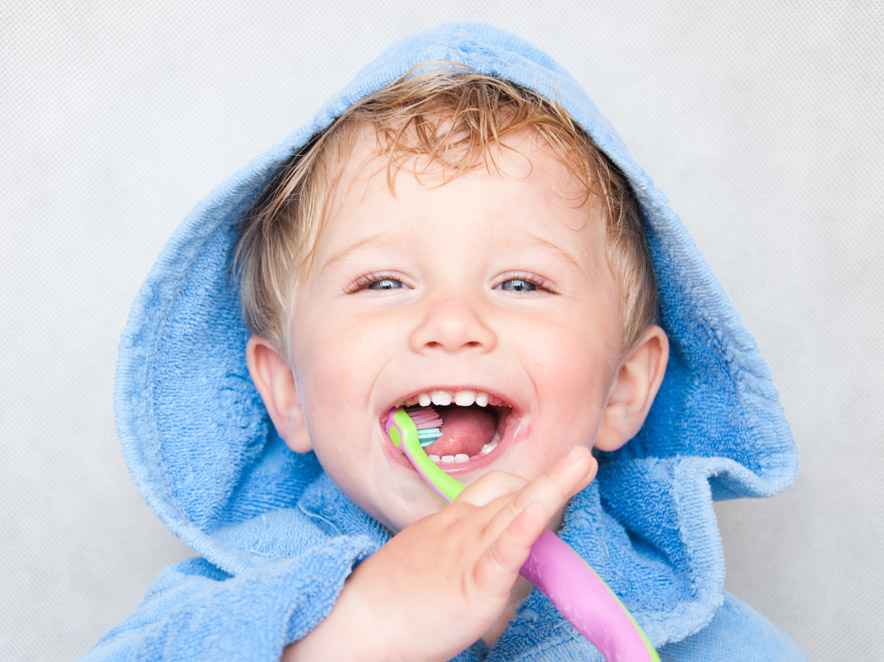
If you’ve ever wondered about the origins of the Tooth Fairy, we’ve dug up a little background information on that famous fairy whose penchant for collecting children’s teeth has turned her into a cultural icon.
Spoiler alert: If you’d rather not read about the history of The Tooth Fairy then stop now, but for curious minds, read on for an interesting tale of how the tooth fairy we know and love today came to be…
According to popularmechanics.com, there have been many cultures across our rich history with mythology around the loss of baby teeth. If you think teeth are important now, they were even more important when there were no dentists to provide comfort for a sore tooth.
In Europe before the Middle Ages it was believed that witches could use a tooth to place a curse on somebody, so proper tooth disposal was a big deal. Teeth weren’t just thrown in the bin for any passing witch to find. Teeth were swallowed, buried, burned, or fed to rodents. Wait, WHAT? Yes, it was a belief that feeding your baby tooth to a rodent would help you grow a strong adult tooth.
Moving right along… Around the Middle Ages the Vikings brought money into the picture, paying for lost teeth that could be worn on a necklace in battle for good luck. Needless to say, if Tiffany & Co existed back in the Middle Ages, their product range would be quite a bit different to today!
In 1697 a popular fairytale was penned centring on the title character of The Good Little Mouse, whose exploits saw him turn into a fairy, hide under the pillow of an evil king and then knock out all of his teeth (It would seem that children’s stories as well as jewellery were quite different back in the day).
Spain also produced a children’s story involving a mouse that acted in a similar vein to today’s tooth fairy at the later date of 1894. Both stories were wildly popular and furthered the mythology around the loss of baby teeth. But it wasn’t until 1927 that the tooth fairy underwent a modern makeover with an American play titled “The Tooth Fairy.” A 1949 book also titled The Tooth Fairy went on to spread the story to a mainstream audience.
Today the tooth fairy is a mainstay of children’s culture, adding a bit of fun and fancy to the bodily process of saying goodbye to baby teeth.
The information contained on this website and websites linked to this website (Information) does not constitute or comprise comprehensive medical or dental advice. You should seek dental advice directly from your dentist before acting or relying on the Information.
First published: 06 November 2014
Ready to book? Book online using the button below or call the clinic on (03) 8608 8968



